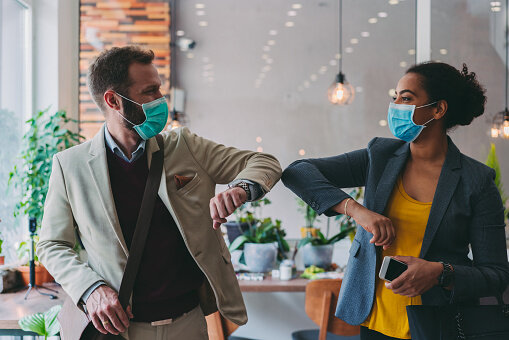With more people working from home, this will change the way we design residences, specifically by creating a designated office space. Things to consider are layout, placement in the home, acoustical privacy, storage, supplies, sustainable components, ergonomics, clean-ability, healthy building materials, and incorporating strategies to avoid burn out. Creating a new lifestyle where home and work life co-exist in the same space. We’re seeing a major need for these newly developed, creative and healthy spaces in the home.
With a progression towards health and wellness in all facets of our life, and a desire for a cleaner and safer environment due to COVID-19, the Design and Architecture industry is taking great strides to incorporate human health into our environments. WELL Certification is about placing people at the heart of design and enhancing the human health and well being experience. It’s a certification process for buildings, backed by evidence based health and scientific research with leading physicians, scientists and industry professionals.
Over the last few months, I have seen the positive value that the WELL Certification can bring to me as a designer and to my clients. I am working towards earning my WELL AP certification to be able provide health and wellness education and support in our interior design projects. “A WELL AP denotes expertise in the WELL Building Standard and a commitment to advancing human health and wellness in buildings and communities around the world.” (wellcertified.com)
The WELL certification provides me with a unique understanding of how the human body is impacted by our indoor and outdoor environments, and how to create a healthier home for my clients. From contaminants in our water and air, lighting consideration and temperature controls, to healthy eating and fitness, WELL Certification covers all this and more to ensure buildings and their occupants health and wellness take priority, increasing the quality and longevity of our lives.





